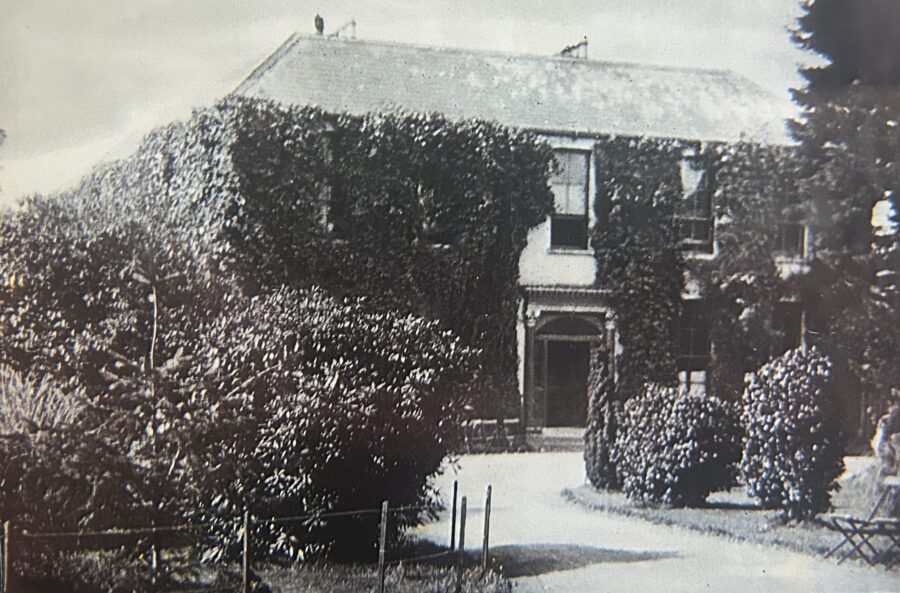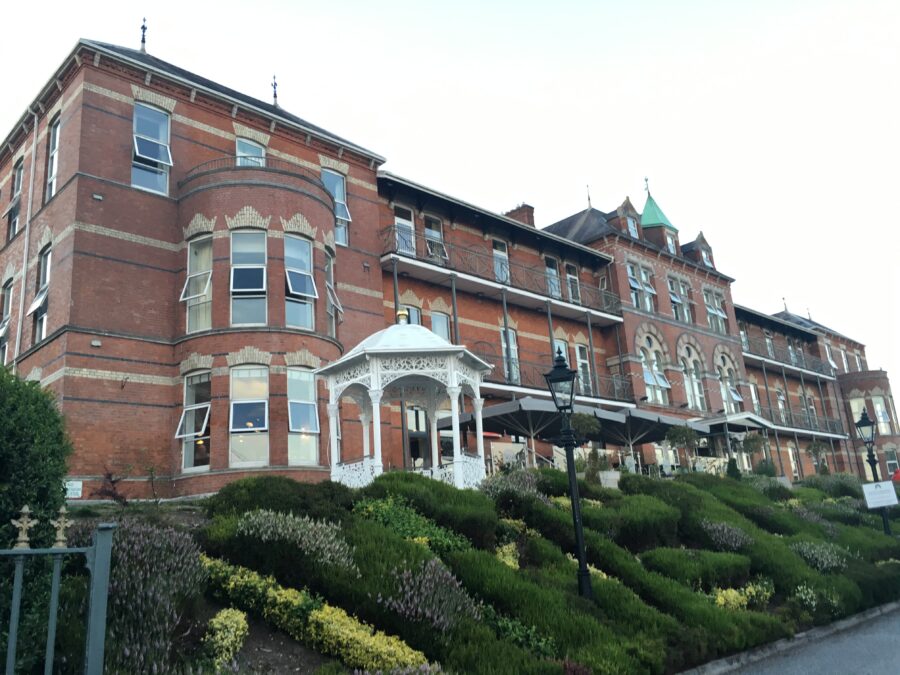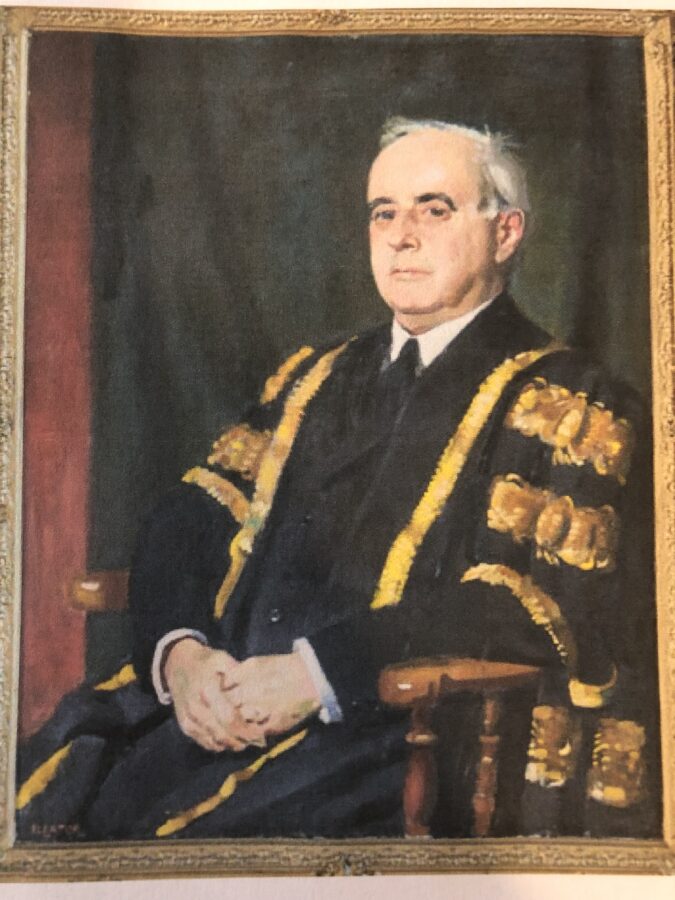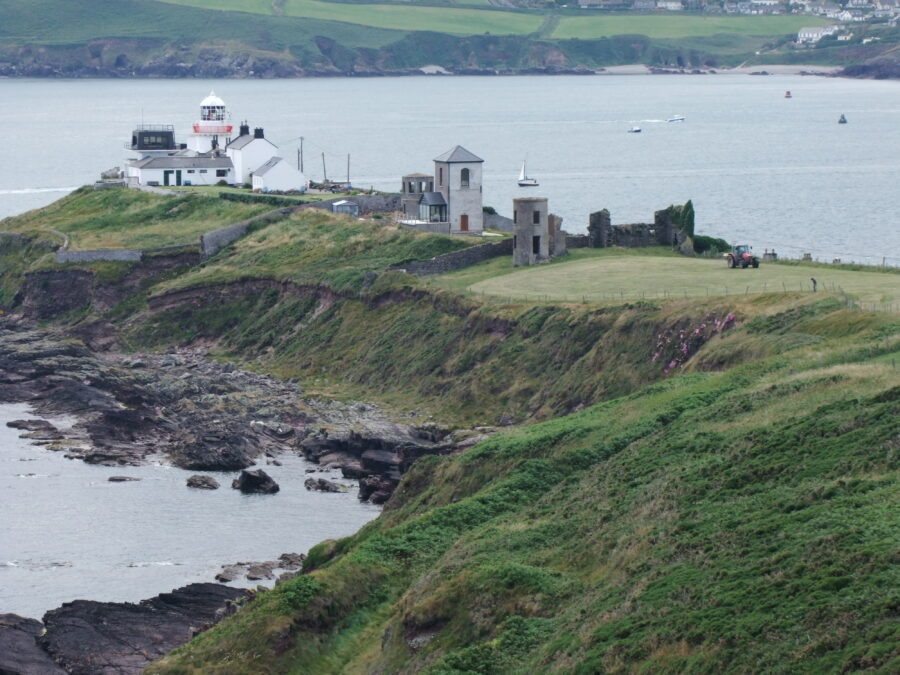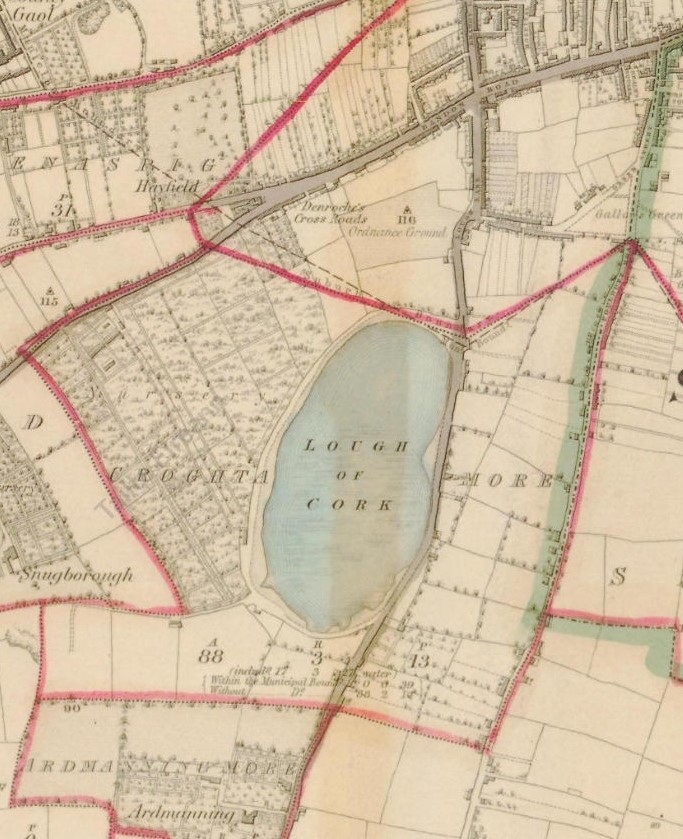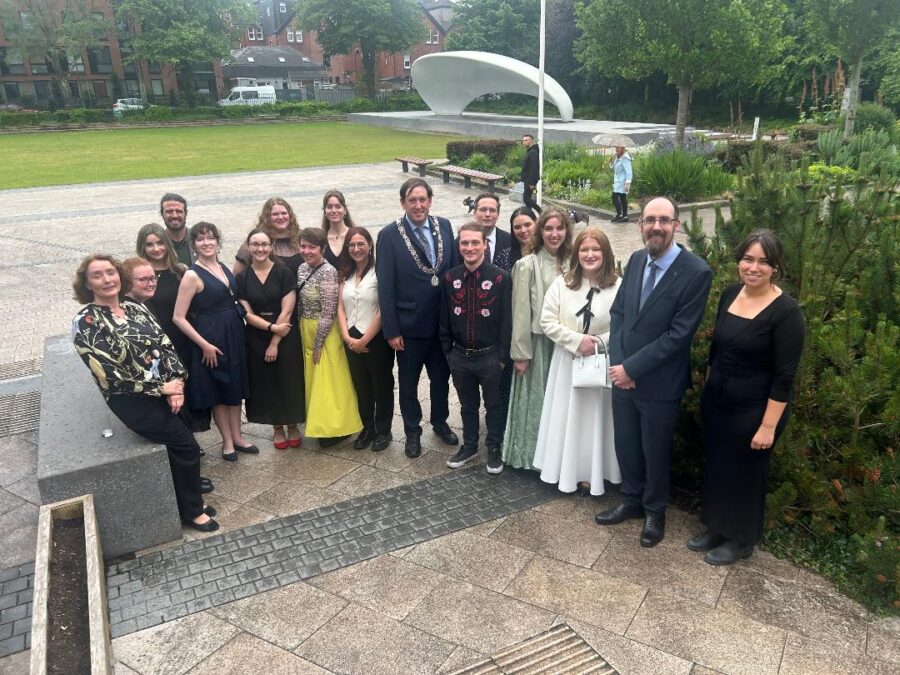
Kieran’s Our City, Our Town Article,
Cork Independent, 19 June 2025
Making an Irish Free State City – The Quest for a Municipal Museum
Continuing on from last week’s article on the early origins of Cork Public Museum, an editorial in the Cork Examiner in the autumn of 1923 noted that Cork Corporation had been discussing the question of acquiring more office accommodation for their staff. What was available in the City Courthouse was over crowded. In 1923 the former City Hall was still a ruin after the Burning of Cork and the Courthouse became the temporary principal municipal offices.
At a committee meeting of the Council on 30 October 1923 a report was submitted with regard to the several premises offered in response to an advertisement issued seeking premises. Prices and accommodation differed considerably. In particular one building, the Independent Chapel in Oliver Plunket Street, which was discontinued as a place of worship, was offered on specified terms. However, in early December 1923, the Fitzgerald’s Park Municipal Museum building was chosen for retrofitting as temporary office accommodation.
However, public pressure remained from those involved in the heritage sector that the City of Cork should have a public museum. The sentiment was ever present in early 1926 when archaeological discoveries in Aghabullogue in mid County Cork caused several letters to be penned the editor of the Cork Examiner articulating upset that Cork’s heritage had no where to be placed on display. University College Cork was called upon to intercede to provide a space for a museum. Cork City Gaol in Shanakiel, which has been closed by the Free State was also noted as a space for a museum by some interested parties.
Businesses in the city such as Rohu and Sons on the Grand Parade, Cork noted in their letter to the editor; “We have read with interest the correspondence on the above subject [Museum]; also your excellent article in this day’s Examiner, and can fully endorse all that has been said. It is nothing short of a crying shame that a city the size and importance of Cork has, never possessed a Museum of some kind or another to which the citizens, particularly the younger generation, should have access”.
Fast forward to October 1930 and an editorial in the Cork Examiner highlighted the development of the Cork Industrial and Agricultural Fair on the Straight Road and the building of the new City Library on the Grand Parade and linked such events to the lost opportunity to create momentum to call for the construction of a physical museum building:
“It is a matter for regret that the Corporation, or its subsidiary body, the Library Committee, did not endeavour to make provision for a museum when the site of the new Library was acquired and when the plans for the new building were being drafted. For educative purposes a moderately well-stocked museum can just be as useful as a library. It can also be made a centre for the demonstration of civic pride. Nowhere in Cork can the ordinary resident see much that enlightens him as to the history of the municipality in which, as a member of it, he is expected to take pride. There is no place to which he can take a foreign visitor and show him any records of old Cork, though Cork folk are supposed to take great pride in the fact that their city began eleven or twelve centuries ago. If any antiquity be dug up when streets are being re-made, there is the probability that it will find its way to Dublin, or, at any rate, become inaccessible to masses of the citizens. old Cork, though Cork folk are supposed to take great pride in the fact that their city began eleven or twelve centuries ago. If any antiquity be dug up when streets are being re-made, there is the probability that it will find its way to Dublin, or, at any rate, become inaccessible to masses of the citizens”.
In mid-March 1935 a letter from a Cork citizen Mr G Barrett, Cook Street, suggested that the former museum premises in Fitzgerald’s Park, when vacated by the Corporation officials for their new quarters in the City Hall, should be given over to the purposes of a city museum. The writer suggested that there were numerous items connected with former Lord Mayors, etc., that could be housed in such a museum. The suggestion did not gather momentum.
In late March 1939 following the annual meeting of the Cork Historical and Archaeological Society, and a talk by Commander O’Connell, a well-known archaeologist on the archaeological excavation work that was being pursued in Kerry, Professor Seán Ó Riordáin of UCC’s Archaeology Department offered thanks for the talk. The Cork Examiner outlined that Seán also noted that his Department had a small museum in the College for the purpose of teaching, but he argued that the city deserves a museums and noted “it is a slur on Cork that there is no public museum”. He added that if a museum was founded it would have to be properly financed and properly run. He thought that the Cork Historical and Archaeological Society should endeavour to awaken public opinion on the matter. He noted; “I have looked into the question as regards other countries and I have found that Cork is one of the few cities in Europe that has not got a museum and there are cities with a smaller population in both England and Germany, which have some very fine museums”.
In April 1942, a number of citizens, not drawn from any one section of Cork’s community life, met informally to discuss the feasibility of establishing a permanent museum for the city and county. As a result of the favourable views expressed, the Cork Examiner described that a small committee was appointed to go into detail and to invite the co-operation of all who felt that Cork, like other centres of population, ought to have a museum. A deputation was appointed to visit the Lord Mayor and members of Cork Corporation. They reported back that they were received most sympathetically. The question was then referred to the Council’s General Purposes Committee and a concrete plan for submission to the main Council body was initiated.
To be continued…
Cork Public Museum celebrates its 80th anniversary with the exhibition 1945 Uncorked: The Founding of Cork Public Museum. This exhibition opens to the public on 30 May and runs until Spring 2026.
June 2025 Historical Walking Tours with Kieran (All free, two hours, no booking required).
Saturday afternoon, 21 June, Ballinlough – Antiquities, Knights, Quarries and Suburban Growth; meet inside Ballintemple Graveyard, Temple Hill, opp O’Connor’s Funeral Home, 1pm.
Sunday afternoon, 22 June, Blackpool: Its History and Heritage; meet at the square on St Mary’s Road, opp North Cathedral, 1pm.
Caption:
1309a. Museum Studies students and staff from University College Cork opening their 1945 Uncorked exhibition. Cllr Kieran McCarthy deputised for the Lord Mayor (picture: Cork Public Museum).
